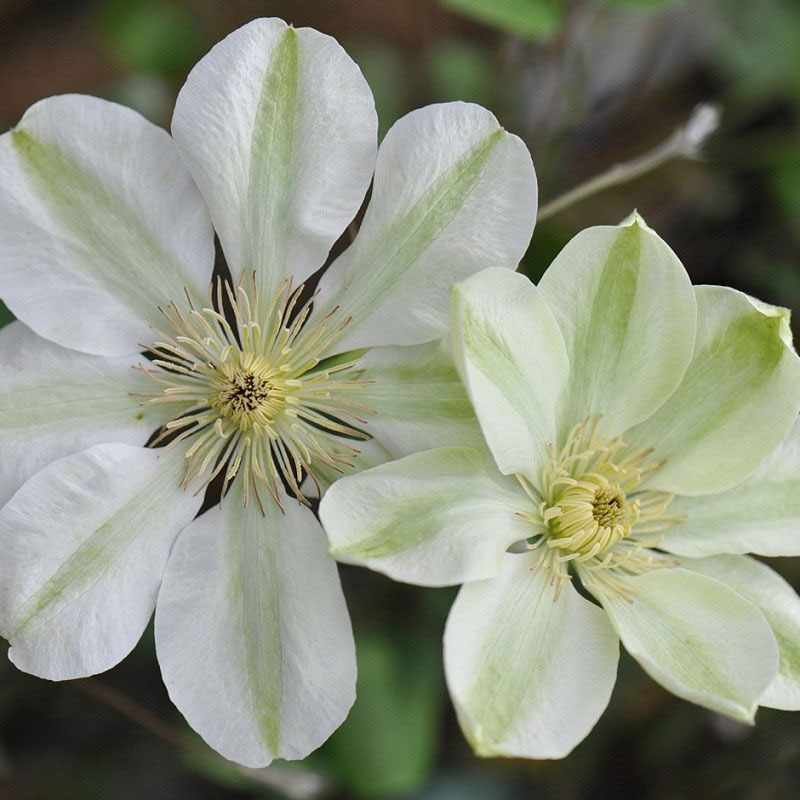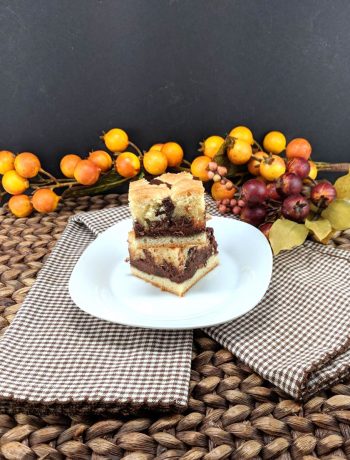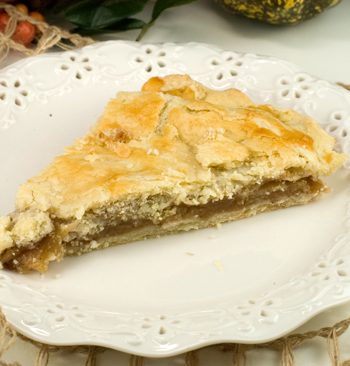I love Clematis. There is nothing like these gorgeous flowers draping up a trellis or over an archway. They are basically care free, but come in three pruning types.
These are the three pruning groups based on flowering time:
Group 1: Bloom before half May. This group flowers on shoots that where produced in the previous summer (old wood). It is best to prune this group right after flowering. Remove all dead and damaged stems. You may cut away some of the old branches or shorten branches that have grown too long, but do not cut away too much.
Group 2: Repeat bloomers. Bloom before end of June and large-flowered. This group also blooms old wood, but often blooms a second time in late summer on new shoots. In March you remove dead and damaged stems and cut back the remaining stems to a pair of robust buds. If you prune to heavy it will reduce the amount of flowers in spring. After the spring bloom you can prune harder. You cut back stems to a healthy side shoot or strong set of buds just below the spent flowers. This will stimulate new growth and a second flush of flowers.
Group 3: Starts to bloom from July. This group blooms on new wood that has grown in the same year. You can cut back the stems to 15 – 30 centimeters (6 – 12 inches) from the ground. Do not prune later than March because then the stems may blood and the Clematis may not survive that. Deadheading spent flowers will prolong the flowering time.

The Clematis0 “Guernsey Cream” (which is the newest one I gave purchased) blooms in May/June on old wood and also on new shoots in August. After bloom decorative seed heads develop. The flowers are light green in the beginning and then turn milky white. The flowers are larger in spring than with the second bloom.
I’ve always had a hard time pruning back all those vines from the year before. But everything I read says it make the plant healthier. The best way to determine is to know what group your Clematis variety is in.
Think about it this way, pruning clematis vines stimulates new growth, which increases the number of flowers, encourages flowers at a level where you can best enjoy them, and takes weight off the plant to keep it from toppling over. It may be painful to prune, but its good for the plant.
The Clematis is a genus from the buttercup family. The word clematis is derived from the ancient Greek word klema and means ‘climbing’. The leaf stems wind themselves around stems, branches or other materials to hold on and climb up.
The Clematis prefers rich, cool, well-drained soil with enough moisture and in a sunny spot. When planting a new deciduous Clematis it is best to plant it about 10 centimeters (4 inches) deeper than the rim of the pot.
I have an area with a small trellis I planted clematis a year or two ago. Problem is, I just planted them and have no idea what variety they are, so I have no idea when and how to prune. In the same area I have a 48″ wide trellis and have ordered more clematis for that trellis. This time I will be writing down each variety and where they are planted, so later I know how to prune. I tack it up in a closet in my back hallway so I dont lose it.
The new plants for the new trellis are:

Princess Diana Clematis – Pruning Group 3

Bernadine™ Clematis Pruning Group 3

Snow Queen Large-Flower Clematis – Pruning Group 2

Kilian Donahue Clematis Pruning Group 2

Boulevard® Edda Clematis – Pruning Group 3

Diamantina Clematis Pruning Group 2

Guernsey Cream – Pruning Group 2
As you can see, I have a white, pink and purple for the two pruning groups. If you plant the groups together on a trellis or arbor, you not only will know when and how to prune, but will have various trellises blooming as they bloom at different times. If you plant the different groups together it is hard pruning a group 3, without disturbing the group 2 vines that don’t have such a hard prune. Trust me from experience, for me, it is easier to keep the groups together and much less aggravating.
No matter what variety you choose, remember they like their feet cool and in a very sunny location. A good way to keep their feet cool is to plant some plants around their base to shade from the sun.




No Comments